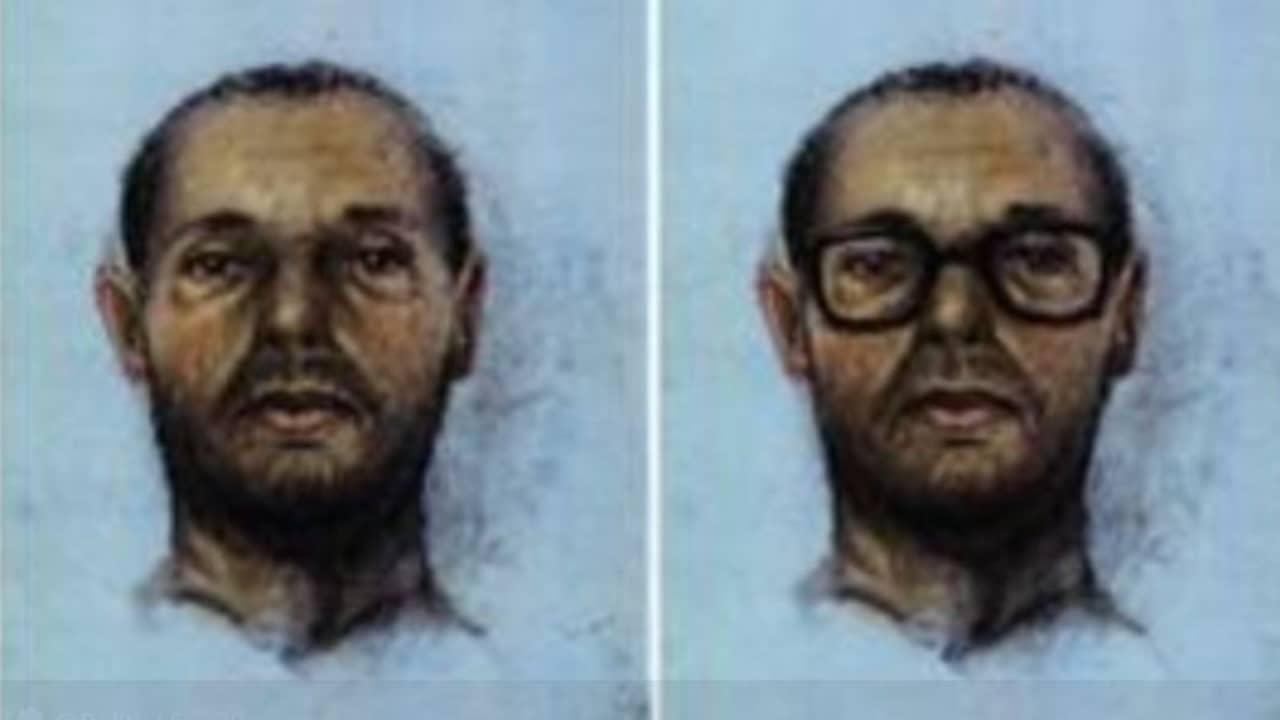 –
–
Scan apps regularly see skin patches as suspicious, while this is not the case at all. This is shown by research by the Consumers’ Association.
–
The Dutch Consumers Association warns that apps with which you can scan suspicious skin spots are not always reliable. It often happens that skin patches are incorrectly seen as suspicious, according to a study with 21 test subjects.
Three skin apps were tested by subjects: SkinVision, Skin Monitor and Medgic. A total of 45 skin patches were examined which were also viewed by dermatologists. According to dermatologists, two of those spots were skin cancer. SkinVision and Huidmonitor also identified these spots as suspicious. But Skinvision also mistakenly saw many more spots for skin cancer.
Medgic mainly gave unclear results, such as the label ‘good or malignant’ for a birthmark. Sometimes the app gives up to four different diagnoses. In many cases, the app indicates that the diagnosis is unknown. Of course that is of little use to you.
Skin monitor worked best of the three. This is because not the app, but the user judges whether a spot is suspicious, by comparing the photo with sample photos.
Overlooked
In three test subjects, the dermatologists found skin cancer in a place that they had overlooked or thought not to be suspicious. Even though the apps would do their job well, there is a chance that you as a user will (accidentally) skip a suspicious spot. Using such apps can (incorrectly) give you both a safe and unsafe feeling.
16 of the 21 test subjects indicated that they would like to visit their GP when the apps diagnosed a suspicious spot. Suspicious spots can be examined by the doctor with a special loupe.
–


:quality(80)/cdn-kiosk-api.telegraaf.nl/4b557dd2-09af-11eb-8141-02c309bc01c1.jpg)